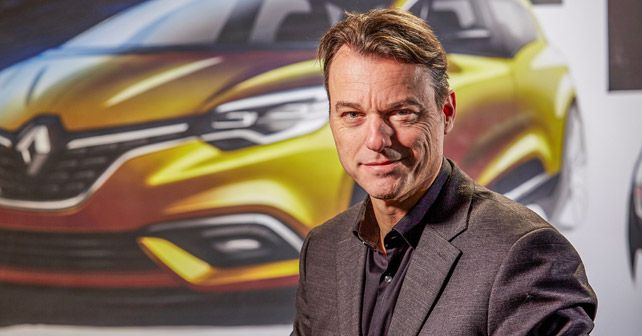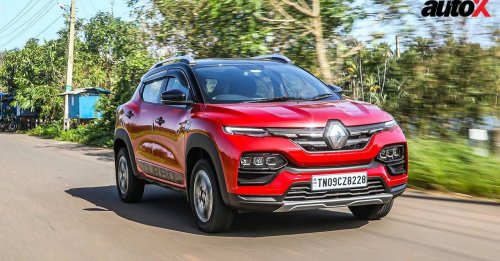
‘Indian cars need more colour,’ reckons Laurens van den Acker, Design Head of the Renault Group. We speak to him about French design, connectivity and things that he would change (or retain) in a future redesign of the rather successful Kwid.
The Captur is another example of a proper French-designed car in India. What more can we expect from Renault in India in the near future?
I think what Renault has been very good at in India is innovating new segments. We’ve seen that with the Duster and the Kwid. The Captur is a great SUV-Crossover product, and we’ve tried to introduce more colour with the two-tone finishing and the curvy shapes on the Captur. We’re really interested in demonstrating that we’re a human-centric brand and that our design has a lot of sensuality. And it’s in this very direction that our design will head in the near future. The reason is simple – all our attempts to liven up the segment and to introduce some good design and style into our Indian product range have worked brilliantly for us. We’re also trying to get some more colour on to the Indian streets because India is such a colourful country, but most cars are in shades of white. I personally think Indians deserve a little more love and colour on their streets.
Technology is evolving at a very fast pace these days. And with India being a rather young nation, have you received any feedback from younger car buyers about any specific technologies that they’d like to see in their cars?
I think, today, connectivity is the key, and that’s one of the reasons that we included a 7-inch touchscreen multimedia system with Bluetooth and USB connectivity in a small car like the Kwid. I think, today, people want it all. They might not be able to afford it, but they aspire to have everything. Especially in countries like India, where you have a lot of young people, they want to be a part of the bigger world. So, connectivity, in my view, is the key. You see many times in countries like India that the technology develops quicker than in more developed countries because they have technological heritage. Indian have no technological baggage, and therefore they can grow and progress faster.
Sometime in the near future you’ll have to update or redesign the Kwid. What about the Kwid would you like to change to make it even more appealing to Indian customers?
That’s a good question. I think the Kwid also deserves to be looked at from the perspective of what we wouldn’t want to change about it. The Kwid, I think, hit a nerve in the market. There’s an enthusiasm for a vehicle of this type because it didn’t exist before, and that’s very rare. It’s easy to make the 10th car of an already existing segment, but it’s very difficult to make the first car of its type. So, my first question would be, what aspects the Kwid would we retain? To that, I would say the chunky proportions, the SUV styling, the feeling that you’re getting a lot for your money and that it doesn’t look like a compromise. To put it bluntly, the Kwid doesn’t look like a car that you bought because you didn’t have enough money to buy a bigger car. All these qualities are unique, and I’d want to retain them. But then, I’d definitely want to upgrade the technology, the connectivity and offer more colour and options for personalisation. We’d want to make it a vehicle that everyone can make essentially their own.























Write your Comment